Definitions and Ecotechnology further explained.
Section 2:
Vermi:
Refers to Earthworms.
Vermiculture:
The scientific breeding of Eisenia Fetida/Red Wriggler compost worms to produce humus rich vermicompost. Compost worms are epigeic and occur in the rich organic litter layer above the soil, decomposing organic material microbially. Worm compost is a very good seed coating material as it contains lots of humus and humic acids stimulating plant growth.

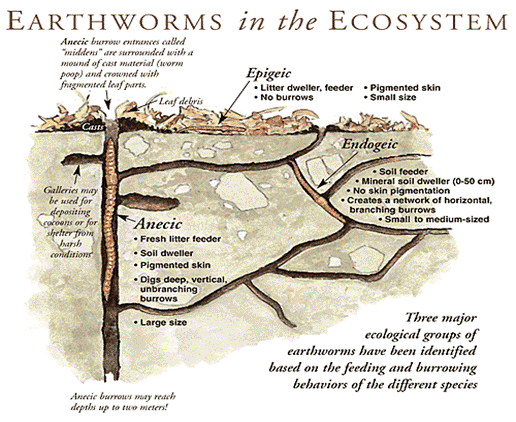
In-Soil Vermiculture:
The scientific breeding of below ground earthworms in the soil to increase soil fertility and promote plant growth. In Soil-Earthworms are of the Endogeic and Anecic earthworm class and they live in the soil at various depths, with Endogeic earthworms building a humus rich layer in the top 5 cm of the soil and Anecic earthworms building vertical tunnels/ burrows up to 1.8m deep.
Endogeic earthworms mainly move horizontally and form microbial feeding networks between feeder plant roots and nutrient hotspots in the top 40 cm of the soil, with most activity in the top 5 cm of the soil. Endogeic earthworms build interconnected networks of microbes (bacteria and fungi) feeding the plant in the horizontal dimension mainly linking Plant Growth Promoting microbial hotspots with plant roots. These horizontal microbial feeding networks trade plant sugars and liquid carbon derived from plant photosynthesis and exuded by plant roots, for nutrients mined by soil microbes in the deeper soil layers. Endogeic earthworms spread many Plant Growth Promoting Rhizobacteria which stimulate root and plant growth.
Anemic earthworms mainly move vertically between the soil surface and 60-90 cm deep and create microbial feeding and trading networks in the vertical dimension, between the deeper soil microbial communities and the nutrient hungry topsoil microbial feeder root systems in the top 40 cm of the soil profile. With Canola and Soybean, Anecic earthworms love to move up and down the taproot of the plants creatin g burrows teeming with microbial life. The topsoil microbes trade plant sugars for moisture with the deep soil microbes. A Vermicoat® enables the plant to trade for both nutrients and deep soil moisture, with shallow nutrients more favoured during good times and deep moisture more favoured during bad times.

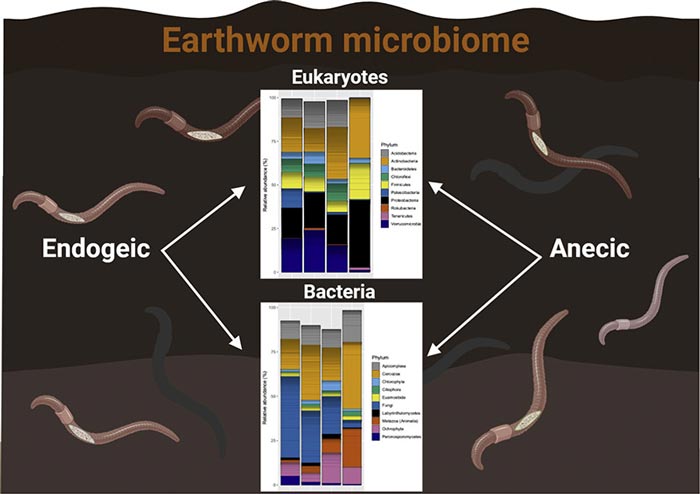
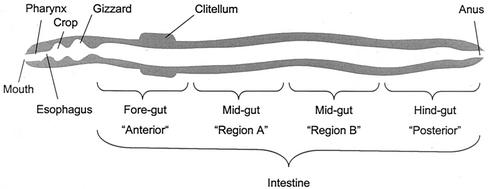
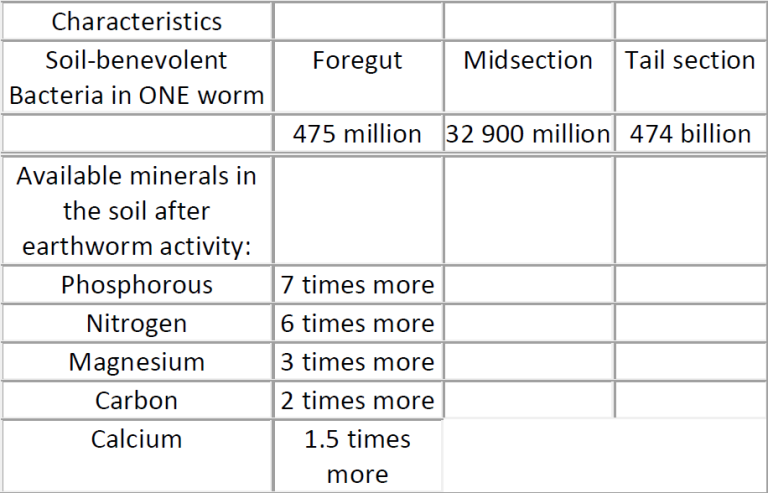
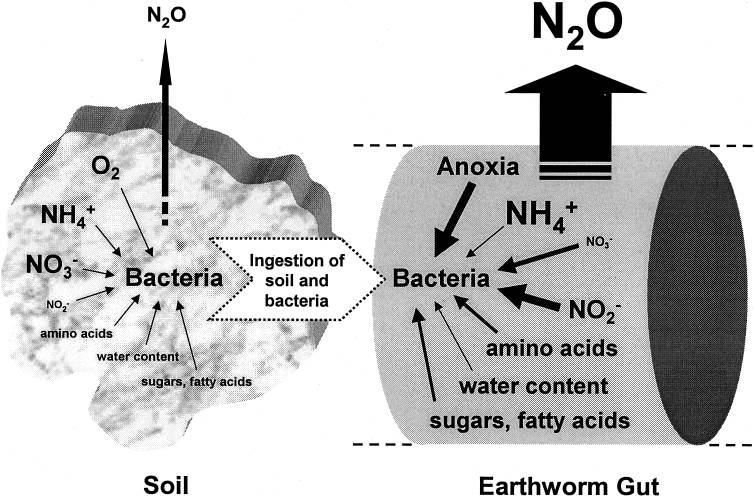
Earthworm Gut microbes enable Free living Nitrogen Fixing Microbes an extremely elevated level of performance as per https://pubmed.ncbi.nlm.nih.gov/12620857/ .
This is the essence of the magic that happens with seed inoculated with Bio-Prime® and covered with a Vermicoat®.


Total carbon contents (TC) (A), total nitrogen contents (TN) (B), and C-to-N ratios (C/N) (C) of soil (n = 5) and earthworm gut contents (n = 3 to 5).
Nitrate contents (A), nitrite contents (B), and ammonium contents (C) of the aqueous phase of soil (n = 3) and earthworm gut contents (n = 3 or 4)
What happens when you combine Earthworm gut microbes with Free Living Nitrogen Fixing Microbes in a Bio-Prime® Vermicoat®?
I. You restore soil microbial diversity and use the plants roots to rapidly increase the soil microbial population back to a healthy diverse status and high microbial population
II. You trigger a Biological Trading Network able to mine deep soil nutrients and average out nutrients to all plants that have a Bio-Prime® Vermicoat®.
III. You enable 700% further root reach.
IV. You enable 20-40% higher yields.
V. You have 20-40% increased plant hardiness.
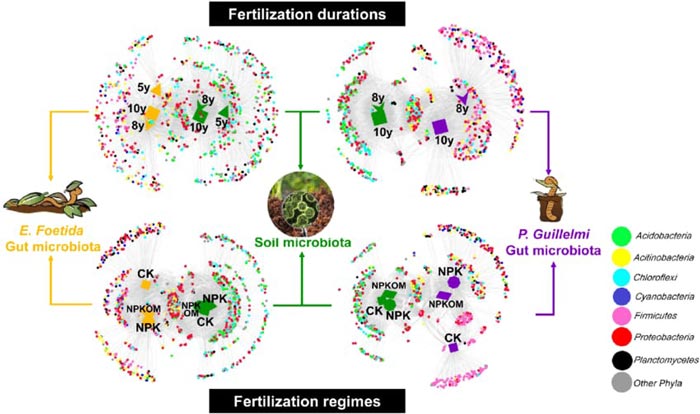

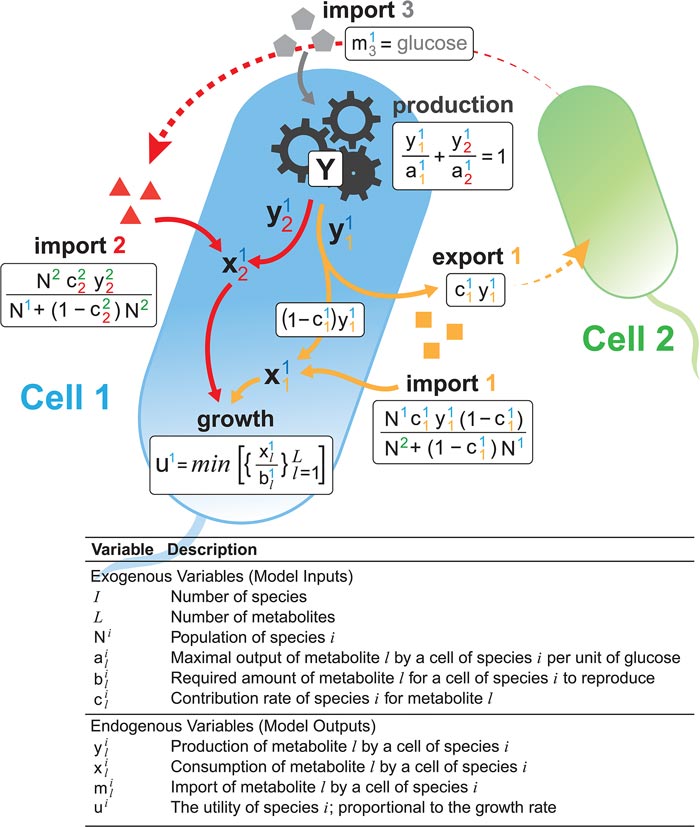
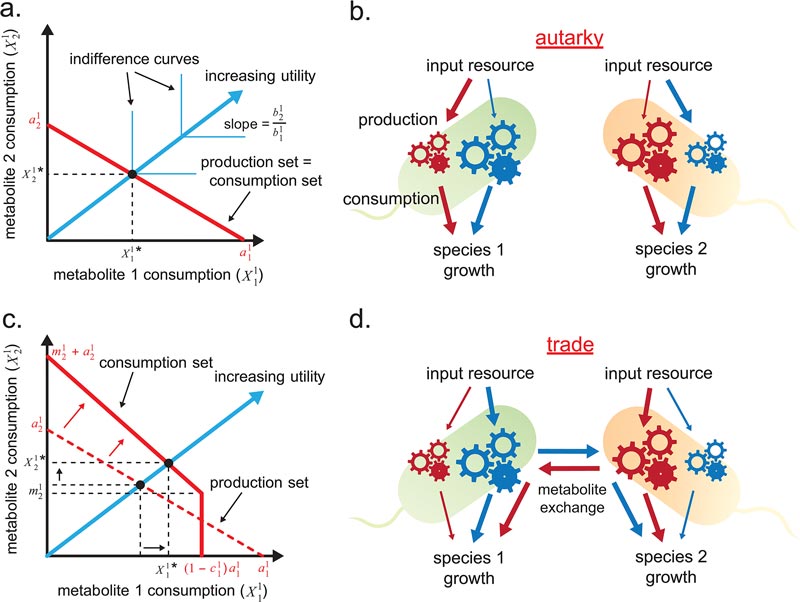

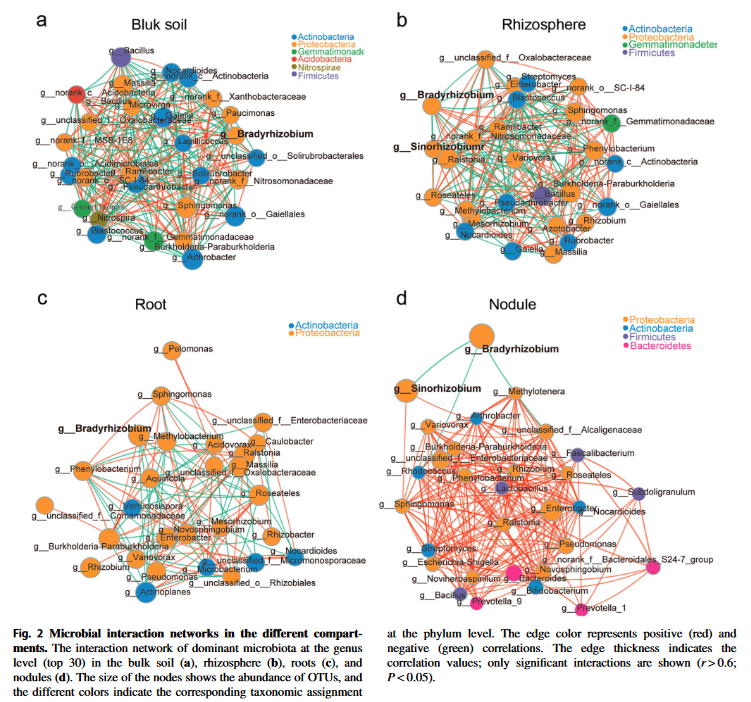
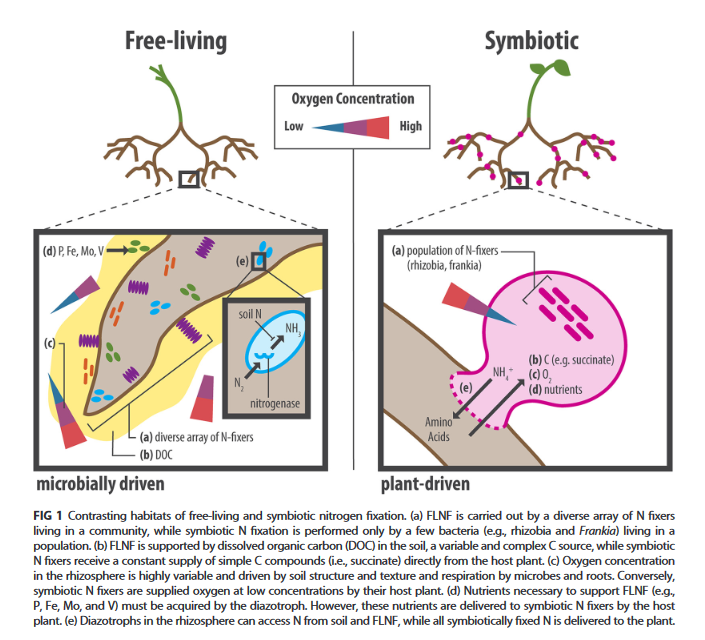
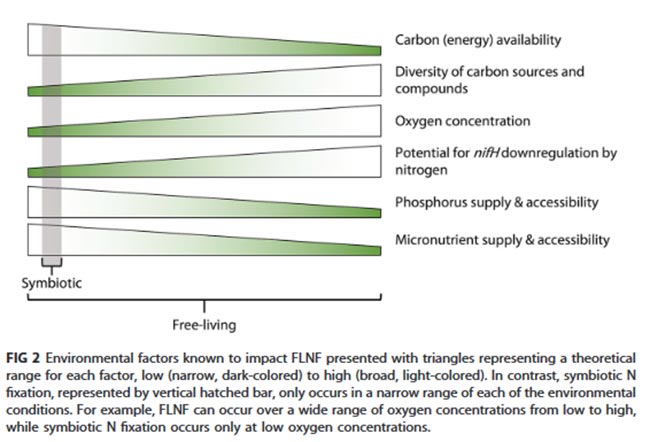
Plant Growth Promoting Rhizobacteria:
https://en.wikipedia.org/wiki/Rhizobacteria#Plant_growth-promoting_rhizobacteria
Plant growth-promoting rhizobacteria (PGPR) were first defined by Kloepper and Schroth to be soil bacteria that colonize the roots of plants following inoculation onto seed and that enhance plant growth.
The following are implicit in the colonization process: ability to survive inoculation onto seed, to multiply in the spermosphere (region surrounding the seed) in response to seed exudates, to attach to the root surface, and to colonize the developing root system.
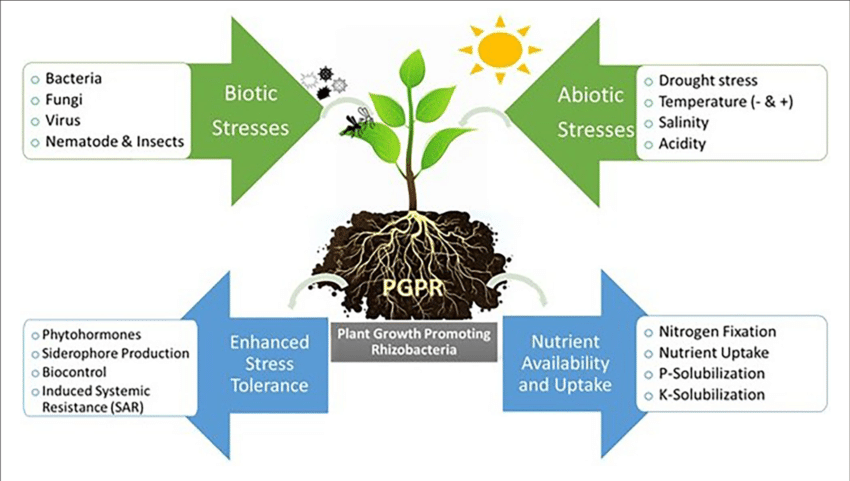
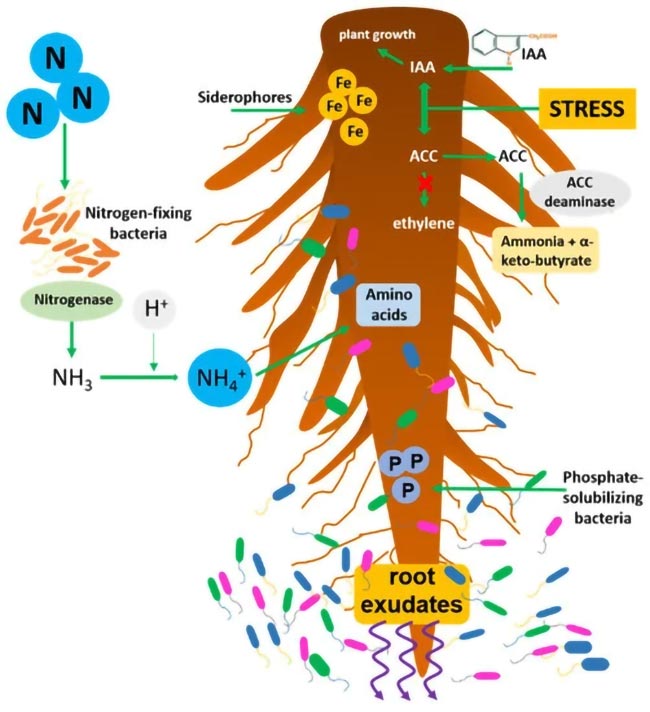
For more info kindly see
https://microbewiki.kenyon.edu/index.php/Plant_Growth_Promoting_Bacteria
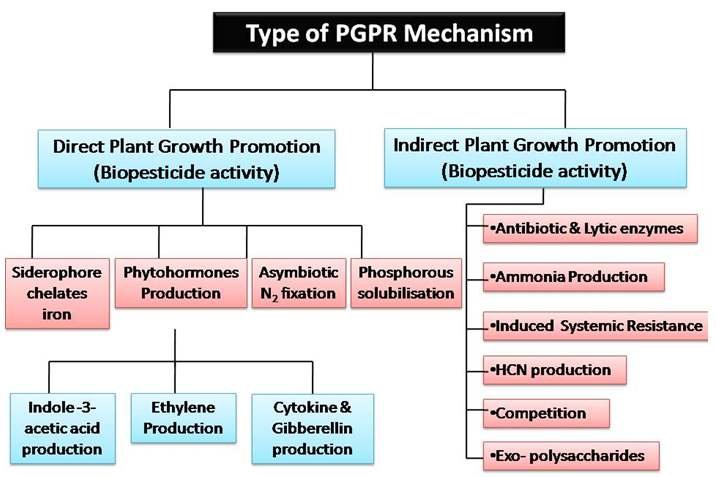
Biofertilizer:
https://en.wikipedia.org/wiki/Biofertilizer
A biofertilizer is a substance which contains living micro-organisms which, when applied to seeds, plant surfaces, or soil, colonize the rhizosphere or the interior of the plant and promotes growth by increasing the supply or availability of primary nutrients to the host plant. Biofertilizers add nutrients through the natural processes of nitrogen fixation, solubilizing phosphorus, and stimulating plant growth through the synthesis of growth-promoting substances. The micro-organisms in biofertilizers restore the soil’s natural nutrient cycle and build soil organic matter. Through the use of biofertilizers, healthy plants can be grown, while enhancing the sustainability and the health of the soil. Biofertilizers can be expected to reduce the use of synthetic fertilizers and pesticides.
Seed Coating:
Seed coating is a technique in which an active ingredient (e.g. earthworm microbial inoculant containing Plant Growth Promoting Rhizobacteria) is applied to the surface of the seed. With a Vermicoat® earthworm microbes are placed on the seed using earthworm compost to form a thing habitat layer.
Vermicoat®:
A Vermicoat® is the establishment of a thin layer of living earthworm gut microbes and natural organic material unto the seed surface as a Biofertilizer that does not significantly change the size of the seed. Upon germination of the seed, a signal is provided by the plant roots to the applied earthworm microbes that this plant is home base; and that a microbial trading network should be set up trading Nitrogen, exchanging plant sugars and liquid carbon (produced from photosynthesis) for microbially mined soil nutrients, moisture, and metabolites.
Vermicoating simulates all 3 types of earthworms having visited the seed prior to germination, and upon germination intimately integrates the plant roots into the soil biological trading networks, both horizontally and vertically. The larger plant root feeder networks extend the reach and trading capability of the root system dramatically, which result in increased growth and yield.
The role of plant growth promoting rhizobacteria in plant drought stress responses
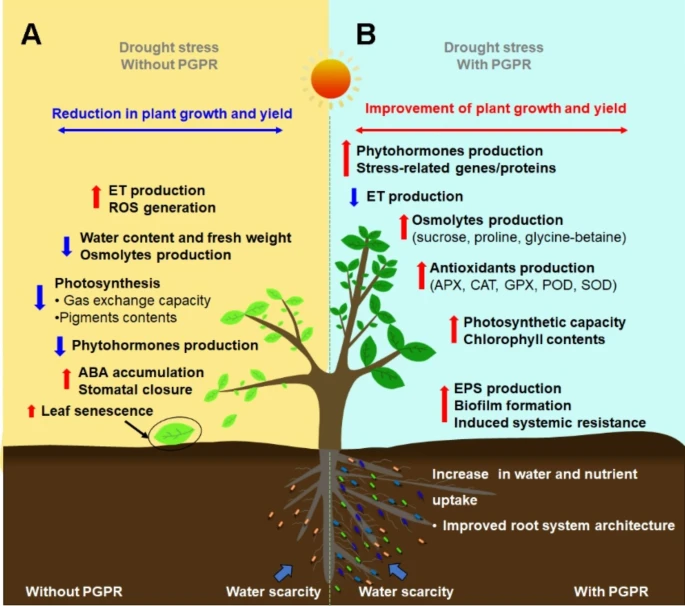
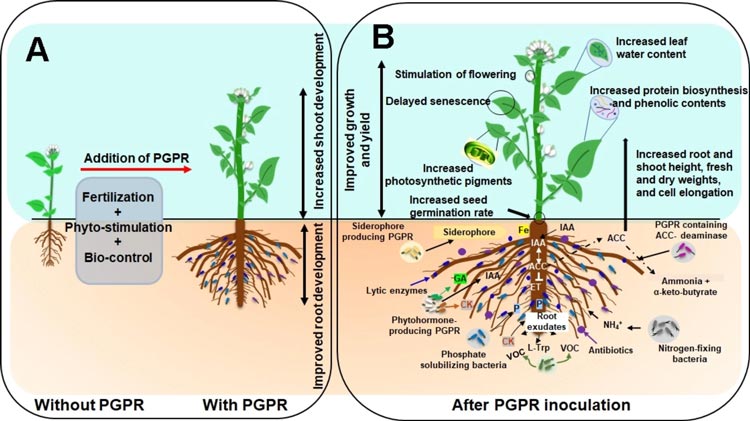
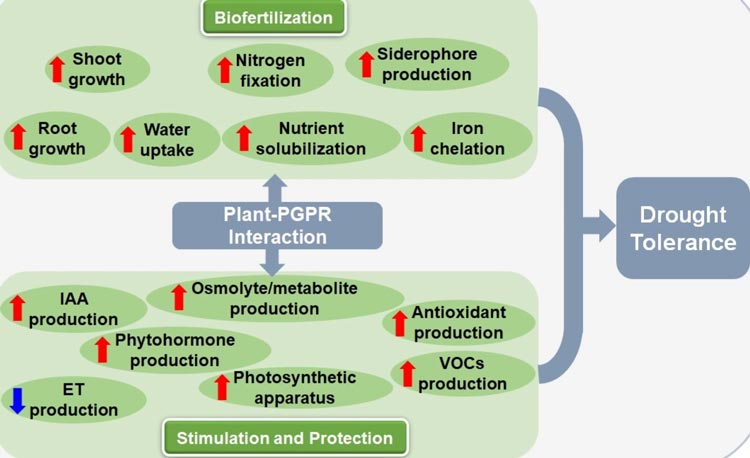
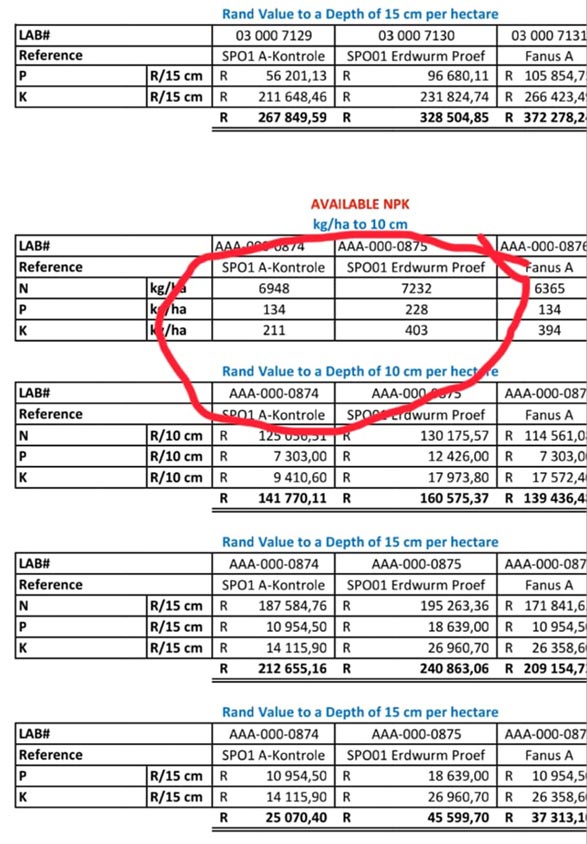
Section 3
Herbicide application issues-practical experience:
- A Vermicoat® performs best with the minimum of herbicides.
- After germination your plants roots will be covered with a thin film of living microbes protecting it against disease and pathogens.
- If you must use Round-up, a pre-emergence application is better than post-emergence.
- When herbicide is applied to a growing plant, some of the chemicals are absorbed through the leaves and exuded by the roots, killing about 50% of the root microbes and wiping out most living microbes of certain specific classes. To get those microbes back you will need to buy 10 times more volume of microbes and spray it after the herbicide application. It would be more elegant to use mechanical weed control where possible or to plant your rows closer to form a canopy and starve the weeds of sunlight, rather than use Glyphosate and other chemical herbicides.
- You need to realise that having the living root microbes increases your plants root system reach by up to 700%, and it is very unlikely that the weeds will steal as much water as you will lose by halving your biological root trading network.
- We can supply additional living microbes to be applied with a normal tractor spray or via irrigation, but you need to seriously think about it. It cost about R1000 ha for 25 Liters to be used on 1-2 hectares, but it does add another 1-ton yield potential over and above the Vermicoat® yield gain alone (2 tons potential instead of one ton, but at double the cost).
- If you just do a pre-emergence herbicide and do a Vermicoat® two years in a row, the yield potential increases naturally without the additional microbial spraying in year 1; due to legacy microbial populations performing in the off season and in year 2. You basically use the natural increase of the microbial population due to living on a large healthy root system as your method of microbial multiplication.
- Sometimes it is better to speak to us and let us look at the level of weed challenge and make a call with you, and look at plan B and C.
- Minimise your chemical fertilizer user as much as possible as well as your herbicide use and rather focus on a larger root network finding nutrients you already have, as well as deeper soil profile moisture. If you have the larger root system, you don’t need to worry so much about weeds stealing a big of moisture in the shallow topsoil, because you have access to the full soil profile and all its microbial helpers. It is a different perspective.
Kindly see our Facebook page: https://www.facebook.com/profile.php?id=61557456995326
Downloads for further study:
1. Connecting Bio-Priming Approach with Integrated Nutrient Management for Improved Nutrient Use Efficiency in Crop Species https://www.mdpi.com/2077-0472/11/4/372
2. Improving Crop Yield and Nutrient Use Efficiency via Biofertilization—A Global Meta-analysis https://www.frontiersin.org/journals/plantscience/articles/10.3389/fpls.2017.02204/full
3. The effect of Earthworms on Plant Growth – https://www.nature.com/articles/srep06365